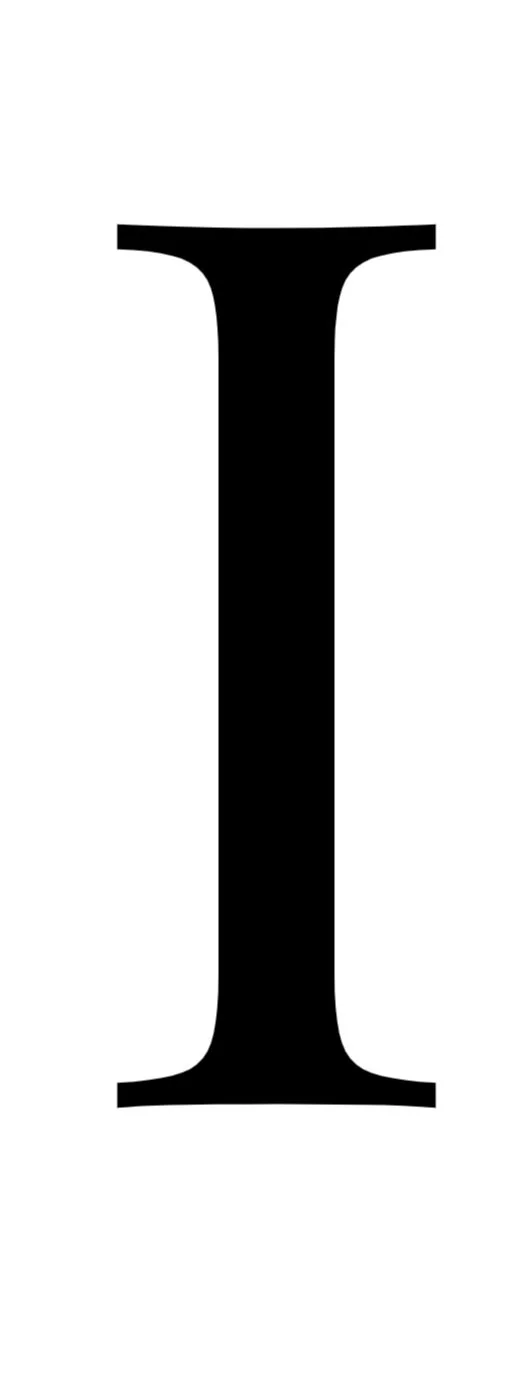Robert H. Jackson
UI/UX re-design for a hisorical nonprofit organization's website
Duration
3 months
Team
Isabel Bai, Venera Zaripova, Tracy Chen, Amanda Yee
Tools
Miro, Figma, Optimal Workshop, Google Forms
Overview
Our team partnered with the Robert H. Jackson Center to redesign their website. After our client briefing at the start of the semster, we had three months to research, ideate, and prototype an updated site for both mobile and desktop. Our main goals were to improve the overall visuals, draw attention to their media resources, and drive more donations to the center.
With the feedback from our testing, our team gained valuable insights on usability issues with the website and these insights served as the foundation for the design recommendations given to our client.
Role
UX Researcher & Designer
User Research
We started our research by conducting both qualitative and quantitative research using surveys created on Google Forms, as well as interviews conducted via Zoom.
The questions asked participants about their lifestyle, internet use, interest in history, academic research on the interent, and about their over first impressions of the RHJ Center website.
We conducted 2 interviews each, for a total of 8 interviews.
Key Findings
the video archives were the most interesting
the site came off as outdated
the archives need “better functionality”
users struggled to figure out what the RHJ Center is, and the mission of the center
Personas
We created two personas. One persona, Rachel Kim, was based off of the many students we interviewed.
The second persona, Jacob Kenwood, was based off of one of the teachers we had interviewed.
Revised Sitemap
After taking a look at the current information architecture of the website and checking the feedback from our user interviews, we proposed a new sitemap with a new information architecture for the RHJ center. We focused on helping users find information more easily and efficiently.
Wireframes
Because of time constraints, Amanda and I created paper prototypes with the newly proposed sitemap and conducted user testing.
Then, based on the feedback from testing, we worked together with Venera and Tracy to create lo-fi and hi-fi wireframes in Figma with a working final prototype.
We conducted further usertesting and had users try to complete 3 tasks: Find the contact information of the center’s president, Find The Nuremberg Trial Archive, and the Find Tea Time with Jackson Center Event page.
Learning Takeaways
Our client loved our website after we presented to them and she said that she loved the new modern look of the website, but also how we made sure to stick to website’s current colour palette.
As this was one of my first major projects, I learned that it is important to do user research so that I can ensure I am designing for the user, not what I think the user wants.
It is useful to conduct user testing after finishing a prototypre to double check that the user can complete tasks and navigate the site how it is designed to be navigated to make sure that there are no hiccups, and if there are, to continue iterating.



